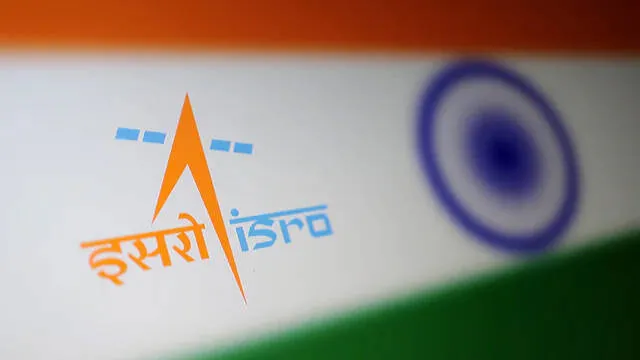

India has made history in space exploration once again. By successfully docking two satellites orbiting Earth, ISRO has added another golden feather to its crown of achievements. With this success, India has become the fourth nation to achieve space docking, joining the ranks of the United States, Russia, and China. The satellites, named Chaser and Target, each weighing 220 kilograms, were docked at an altitude of 476 kilometres above Earth. They were launched on December 30 using the PSLV-C60 rocket. A notable highlight of the mission is that the satellites were entirely indigenously developed, showcasing India's growing self-reliance in space research. This historic milestone in space docking underscores India's capabilities in cutting-edge space technology.
ISRO is progressing toward its ambitious goal of establishing its own space station by 2036. The docking and undocking technologies demonstrated in this mission play a crucial role in achieving that objective. Constructing a space station involves integrating various modules in orbit, and the success of docking experiments is vital for this process. This achievement will also significantly contribute to future missions such as Gaganyaan, Chandrayaan-4, and India's ambitious human lunar mission. Furthermore, the mission's success highlights India's cost-effective approach to space exploration, as it used minimal fuel, completing the mission at a fraction of the cost incurred by other nations. This cost-efficiency is set to enhance India's competitiveness in the global space market.
Following the successful docking, the satellites will be undocked. They will then continue to operate independently for around two years. Congratulating the scientists, Prime Minister Modi described this as a crucial step toward India's dream space projects. Newly appointed ISRO Chairman Dr V Narayanan can take pride in this being his first successful mission. The project was also part of the vision of outgoing ISRO Chairman Dr S Somanath, who played a significant role in its success. The mission, named SPADEX, was among the last projects under his leadership.
The primary components of the PSLV rocket and the two satellites, weighing 400 kilograms in total, were manufactured by Ananth Technologies Limited, based in Thiruvananthapuram. This marks the first time a private company in India has manufactured parts for a PSLV rocket and satellites. These components were later integrated at VSSC (Vikram Sarabhai Space Centre). Two years ago, ISRO made history with a soft landing on the Moon’s south pole. Since then, it has achieved one milestone after another, reaching new heights in space exploration. These successes underscore the immense potential of India's public sector to achieve feats that captivate the world.